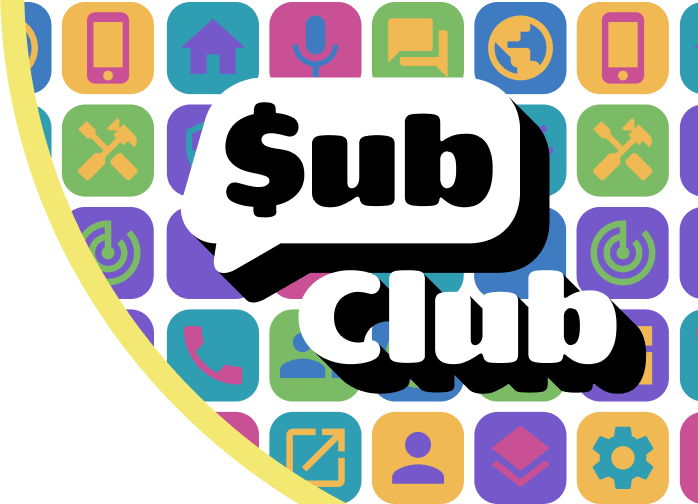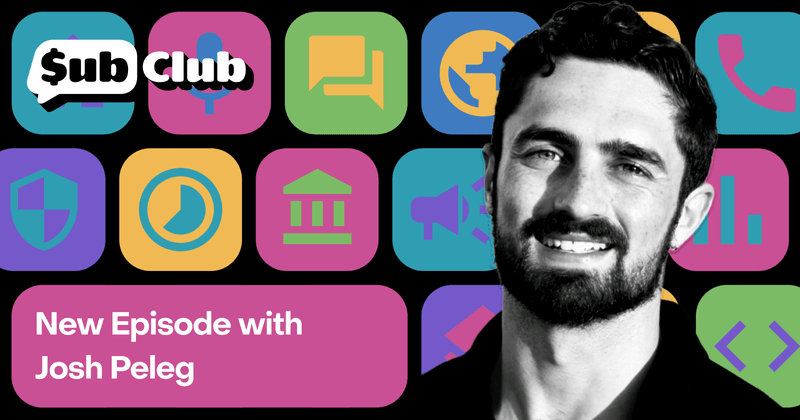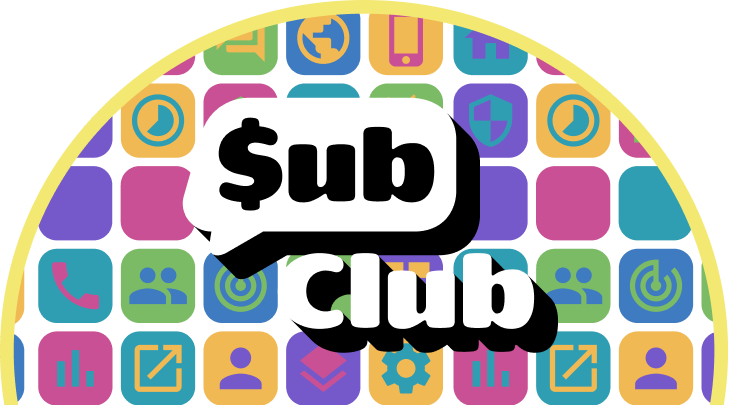If you’re building an app today, there’s a good chance you’ve thought about selling it.
But what actually makes an app attractive to buyers — and what mistakes can cost you the deal?
This week on the Sub Club podcast, I sat down with Josh Peleg, Head of Business Development and M&A at BlueThrone, one of the world’s leading app acquirers. Josh shared how BlueThrone evolved from buying hundreds of small utility apps to focusing on a few high-performing category leaders, and what founders can learn from that journey.
The downside of a “go-wide” approach
Early on, BlueThrone took a “go-wide” approach — acquiring dozens of simple utility apps like flashlight and QR scanner tools. The model generated quick cash, but those shallow apps lost traction fast.
That experience led to what Josh calls BlueThrone 2.0: a more focused model built around depth rather than volume. Today, the company only acquires apps with proven product-market fit, organic growth, and strong retention.
Evolving your playbook
Josh also shared what makes an app acquisition-ready. The biggest lever: predictable recurring revenue. Buyers consistently value subscriptions that renew month after month more highly than ad-based or one-time-purchase models.
He cautioned against founders trying to inflate numbers before a sale — such as running short-term promotions to “pump” revenue — since those tactics tend to backfire during due diligence. Buyers want to see sustainable, repeatable performance, not temporary spikes.
Beyond the numbers
As AI accelerates development and lowers technical barriers, marketing has become the new competitive moat. The founders landing meaningful exits today aren’t just strong builders — they’re marketers who know how to create community and drive organic growth.
Josh and David also explored the rise of hybrid monetization, borrowing ideas from gaming — such as consumables, day passes, and rewarded ads — to capture more value from users who might never subscribe. It’s a playbook that’s starting to define the next generation of consumer apps.
The takeaway
Whether you’re an indie developer dreaming of your first exit or a growth-stage founder optimizing for long-term value, this episode offers a rare inside look at how modern app acquisitions really work — and what it takes to build a business that buyers can’t ignore.
Buying vs. Building: Scaling Beyond a Single App — Josh Peleg, BlueThrone
On the podcast: red flags that tank app valuations, why subscription-only apps are leaving money on the table, and how bootstrapped founders are cashing out for millions in months, not years.

Join the Sub Club
Interviews and playbooks from the minds behind the world's biggest apps.



